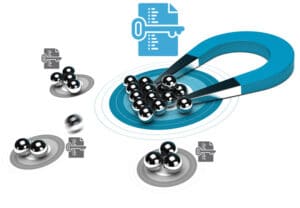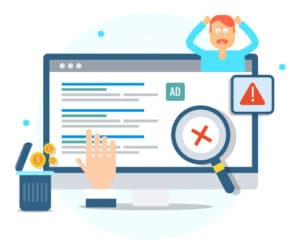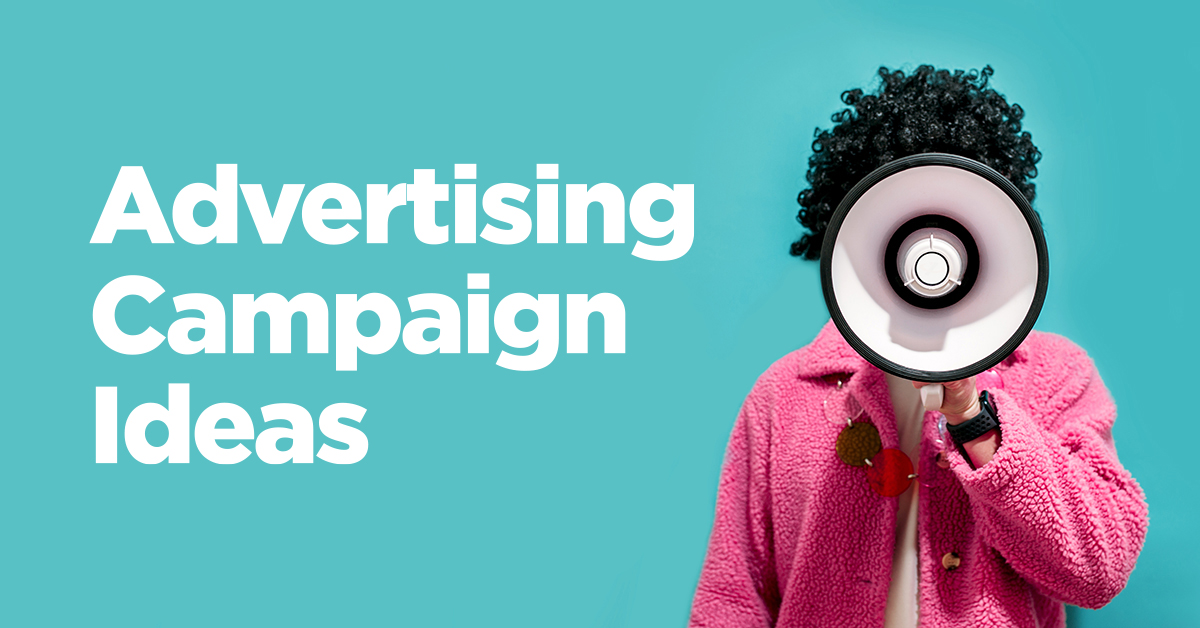How to Improve the Success of Your PPC Campaign
So, you finally started your pay-per-click (PPC) campaign and after tracking its performance, you’re not so excited about the results. A successful PPC campaign should be highly effective at driving more traffic to your website and eventually convert those visitors into actual clients.
Your campaign may not have started off the way that you expected, but that doesn’t mean that you can’t turn it around and attract many new clients to your business.
There is a lot of work that goes towards building a great campaign, such as properly optimizing your landing pages or using the right keywords on those pages and in your meta descriptions. In order for your campaign to become everything you envisioned it to be, you’ll want to strategize with these 5 PPC tips so you can improve the success of your PPC campaign.
How to Start a PPC Campaign
For those of you that are newcomers and haven’t started your campaign yet, here’s a quick introduction into the PPC world. A PPC campaign is a form of digital marketing where you pay a fee each time one of your ads is clicked on by a potential customer. The fee is paid to whatever search engine or website you are placing your ads on. It’s an essential way to buy more web traffic for your site versus earning them organically.
Now that you know the basics of what PPC is, we can get started on creating a winning campaign for your business.
5 Tips to Improve the Success of Your PPC Campaign
Tip #1: Do extensive keyword research.
 Keywords are quite literally the bread and butter of your campaign. They are your foundation because PPC campaigns are built around them. In order to improve your PPC efforts, you must constantly refine your keyword list to make sure you’re updated on the most relevant keywords.
Keywords are quite literally the bread and butter of your campaign. They are your foundation because PPC campaigns are built around them. In order to improve your PPC efforts, you must constantly refine your keyword list to make sure you’re updated on the most relevant keywords.
Your keyword list should drive traffic to your website and to do that, you must include the most popular and valuable ones for your industry. This is also where relevancy plays a part because the words you choose shouldn’t attract just anyone to your site, they should attract your targeted demographic.
For example, if you are part of the eye care industry, you may want to include words like “contact lenses” or “eye exams for children” in your keyword list for your PPC ads. The ad headline could read “30% off Prescription Eyeglasses and Contact Lenses.” These high-performing keywords would attract the people that are searching for discounted glasses or contacts.
Long-tail keywords are also very important to include in your ad campaign. What are long-tail keywords, you ask? They’re a highly specific phrase composed of three or more words. When someone uses these types of keywords, they tend to be looking for something extremely specific in their search. These searches have a higher chance of converting to a sale versus more generic search queries.
Your PPC keyword list isn’t something that you work on once and forget about. It must continuously be updated and adaptive to include the most relevant words to your specific industry.
Tip #2: Understand your ad budget.
When you understand the type of ads that you are capable of acquiring with your budget, you can make more informed decisions on what works best for you.

Since you must bid on keywords, once you’ve created your list and budget, you can see whether or not you can afford to advertise for that specific keyword. The cost per click for your ads varies depending on what industry you’re in, with some requiring higher bids than others. However, you will set a max budget that you are willing to pay for these keywords.
You do not want to overspend on advertisements that are not actually driving any traffic to your website. How much profit are you making from patients versus the amount you’re spending for these ads? Are they actually helping to increase your conversion rates? These are the questions you should be asking yourself when determining your budget.
 Tip #3: Don’t forget negative keywords.
Tip #3: Don’t forget negative keywords.
Negative keywords can help stop your ads from being triggered by irrelevant searches on Google. When your ad comes up on the search engine results page (SERP) for a search query that has nothing to do with your ad, it pushes it to a lower position. They are the opposite of what you want from your targeted keywords and can decrease your click-through-rate. When you are creating your targeted keyword list, make sure to also include negative keywords.
Tip #4: Choosing the right type of ad.
There are multiple ad types that you can choose from depending on exactly what you’re going for and how creative you want to get. When displaying ads on Google, you have a few options:

Search Ad – This type of ad is the one that is most relevant to PPC. Google displays a specific landing page from your webpage as a hyperlink and it shows up on the SERPs when someone types in specific keywords.

Video Ad – These ads appear on YouTube and can be shown to users before the video they want to view is played. These videos are typically covering similar topics or niches to the one in your ad.
 Display Ad – This ad appears as a banner on a website either in the header, sidebar, or in the content of a web page. It can also be seen all across Google’s platforms. It helps you reach as many people as you can because it comes up while users are browsing online, watching Youtube videos, using their phones, or even checking their Gmail account. According to Google, its display network reaches 90% of Internet users worldwide.
Display Ad – This ad appears as a banner on a website either in the header, sidebar, or in the content of a web page. It can also be seen all across Google’s platforms. It helps you reach as many people as you can because it comes up while users are browsing online, watching Youtube videos, using their phones, or even checking their Gmail account. According to Google, its display network reaches 90% of Internet users worldwide.

Tip #5: Optimize and be creative with your headline and ad copy.
Once you’ve written the ad copy for the ad you want to run, you don’t have to leave it that way forever. You have the ability to change the copy to whatever you think will bring in the most web traffic when you show up on the results page.
When you write the copy for your PPC ad, it should be compelling enough to make the user click through to your website. Remember, you want as much traffic as possible so try to think of what sort of copy would interest you enough as a prospective customer to make you click on an ad.
 You can tweak it and be as creative as you would like. Your headline, ideally, should ask someone a question or try to help them solve a problem.
You can tweak it and be as creative as you would like. Your headline, ideally, should ask someone a question or try to help them solve a problem.
An example of this would be a customer that has been dealing with back pain for a while and searches for a local chiropractor on Google. Your ad headline may read “Spinal Manipulation for Chronic Back Pain.” Your ad catches their attention, they click through to your website, and they’re browsing around to see if the services you offer can solve their problem.
As stated earlier, your ad copy and headline are adjustable. So try a few different options and see what works best for driving more traffic.
Tools for Success
Whether you’re just getting started on your campaign, or you’ve been running it for a while, use these PPC tips to bring even more patients to your business. Running a successful campaign is hard work but once you see the results of your efforts come to fruition, you’ll want to utilize PPC ads more often.
If you need more information on PPC, check out these other resources
Creating an Effective PPC Landing Page
Tracking the Success of Your Practice’s PPC Campaign
Creating PPC Ads to Attract Your Ideal Patients



